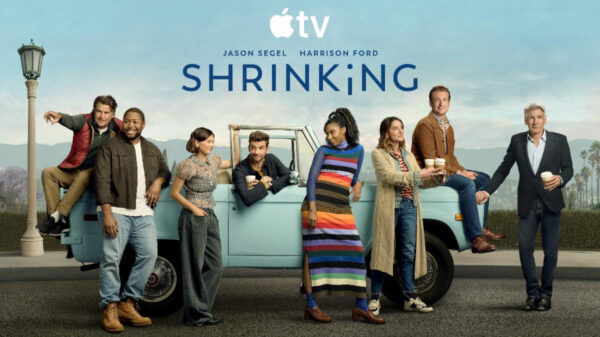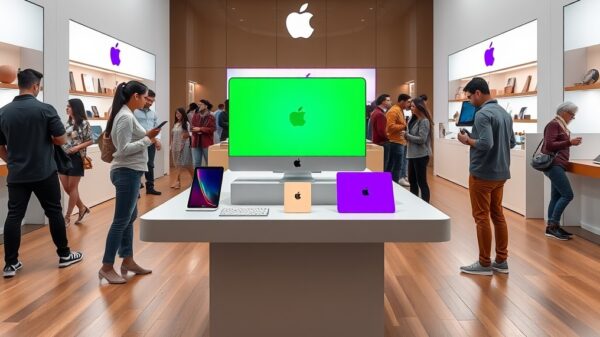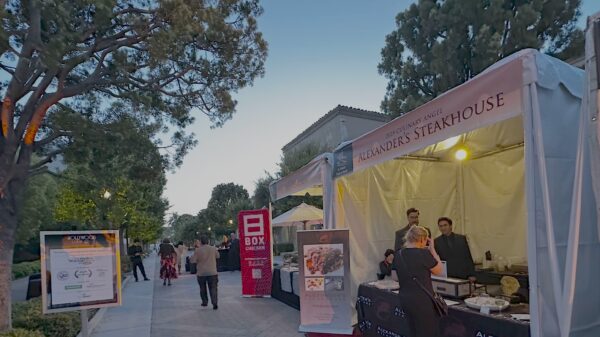The recent legislative decision to ban TikTok has sent shockwaves through the digital marketing landscape, affecting over 7 million brands that leverage the platform to connect with their customer base. Notably, TikTok has been a critical tool for engaging Gen Z—a demographic that significantly prefers TikTok over traditional search engines for product research. The hashtag #tiktokmademebuyit alone boasts nearly 50 billion views, underscoring the platform’s immense influence on consumer behavior.
Impact of the TikTok Ban on Consumer Engagement
The ban raises significant concerns about the potential decline in consumer engagement for brands. TikTok’s unique algorithm and user-friendly interface have made it an unparalleled tool for capturing the attention of younger consumers. Its absence could create a gap that other platforms may struggle to fill effectively.
Strategic Pivots and Alternatives
Brands must now consider alternative platforms to maintain their visibility and engagement with Gen Z. Options like Instagram Reels, Snapchat, and YouTube Shorts present viable channels. These platforms have been progressively enhancing their tools to support creators and brands, aiming to replicate TikTok’s success in the short-form video content arena. However, transitioning to these alternatives might demand increased advertising investments to achieve similar levels of user engagement.
Expert Insights from Mitch Duckler
Mitch Duckler, a seasoned brand strategist with over 30 years of experience at major corporations such as Unilever and The Coca-Cola Company, offers valuable insights into the implications of the TikTok ban. Duckler, who has worked with numerous Fortune 500 companies, suggests that while the ban poses challenges, it also opens opportunities for brands to innovate their digital marketing strategies.
According to Duckler, brands should not only pivot to other established social media platforms but also explore emerging technologies and trends such as AI, Web3, and gamification. His upcoming book, “The Future-Ready Brand,” delves into these areas, offering a new best practices workflow that prepares brands to navigate the evolving digital landscape effectively.
A Silver Lining: Exploring New Marketing Avenues
The TikTok ban might indeed serve as a catalyst for brands to diversify their online presence and experiment with new marketing strategies. This could involve a greater focus on brand purpose and leveraging influencers across a broader range of platforms. Engaging with audiences in novel ways and through different channels could enrich the brand-customer relationship and potentially tap into new demographics.
Conclusion
The discontinuation of TikTok in the market necessitates a significant recalibration of digital marketing strategies for national brands. While this poses immediate challenges, particularly in maintaining a connection with Gen Z, it also encourages brands to be more innovative and adaptable in their approaches. By exploring new platforms and technologies, brands can continue to thrive in a post-TikTok era, potentially reaching wider audiences with more diverse and engaging content strategies.
For further insights on adapting to these changes and future-proofing brand strategies, brands can look to experts like Mitch Duckler, whose expertise could guide them through these turbulent times in the digital marketing sphere.































